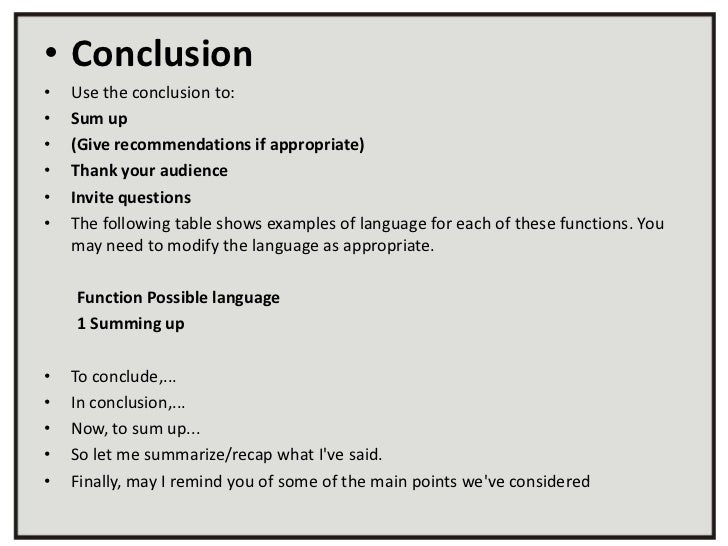
“So far I have shown how the designers of King Tut’s burial tomb used the antechamber to scare away intruders and the second chamber to prepare royal visitors for the experience of seeing the sarcophagus.” Internal summaries emphasize what has come before and remind the audience of what has been covered. Keep the audience’s attention through repetition and a sense of movementĬonnectives can include “internal summaries,” “signposting,” “internal previews” or “bridging statements.” Each of these terms all help connect the main ideas of your speech for the audience, but they have different emphases and are useful for different types of speeches.Explain your own mental processes in arranging the material as you have.Explain the logical connection between the previous main idea(s) and next one or previous subpoints and the next one.Help the audience have a sense of context in the speech-where are we? (this is especially useful in a longer speech of twenty minutes or so).Remind the audience of the central focus or purpose of the speech.Remind the audience of what has come before.It is another for the audience to be able to “consume” or understand that organization.Ĭonnectives in general perform a number of functions: In fact, it is one thing to have a well-organized speech. Connectives are tools that add to the planned redundancy, and they are methods for helping the audience listen, retain information, and follow your structure. They are generally designed to help “connect” parts of your speech to make it easier for audience members to follow. (In fact, you really should not leave anything to chance or “ad lib” in this stage of your development as a public speaker.) That aspect is the connective statements, the subject of the next section.Ĭonnectives or connective statements are broad terms that encompass several types of statements or phrases. However, there is one aspect beyond the introduction and conclusion that you should prepare and not leave to chance or “ad lib” during the speech. For that reason, even if you are tempted to write your introduction first, you should probably wait until the “core” or “body” of your speech is fairly solid in your mind. Basically, you cannot write an introduction if you do not know what you are introducing. That information is in a separate chapter and placed later because it is important and needs special emphasis, not because it is unimportant.

You will find that information in Chapter 8.

You will notice that we have not addressed the introduction or the conclusion. Some of the examples shown above, such as the one about the chambers of the heart, fall into the “easy-to-follow” category, but others, such as the development of the Civil Rights movement, would be less easy to follow.Īlso at this point, we have worked on the core of the speech: the purpose, the main idea or thesis, and the key main points, also referred to as “Roman numerals” because traditional outline format uses I. In other instances, the process may not be as direct and you will need to think more deeply about the best way to organize your speech and write your central idea. In writing the specific purpose statement, you might already have a predetermined structure, and if so, the central idea or thesis sentence flows simply from the specific purpose statement and structure.

\( \newcommand\)Īt this point, you may be thinking that preparing for public speaking does not always follow a completely linear process.


 0 kommentar(er)
0 kommentar(er)
